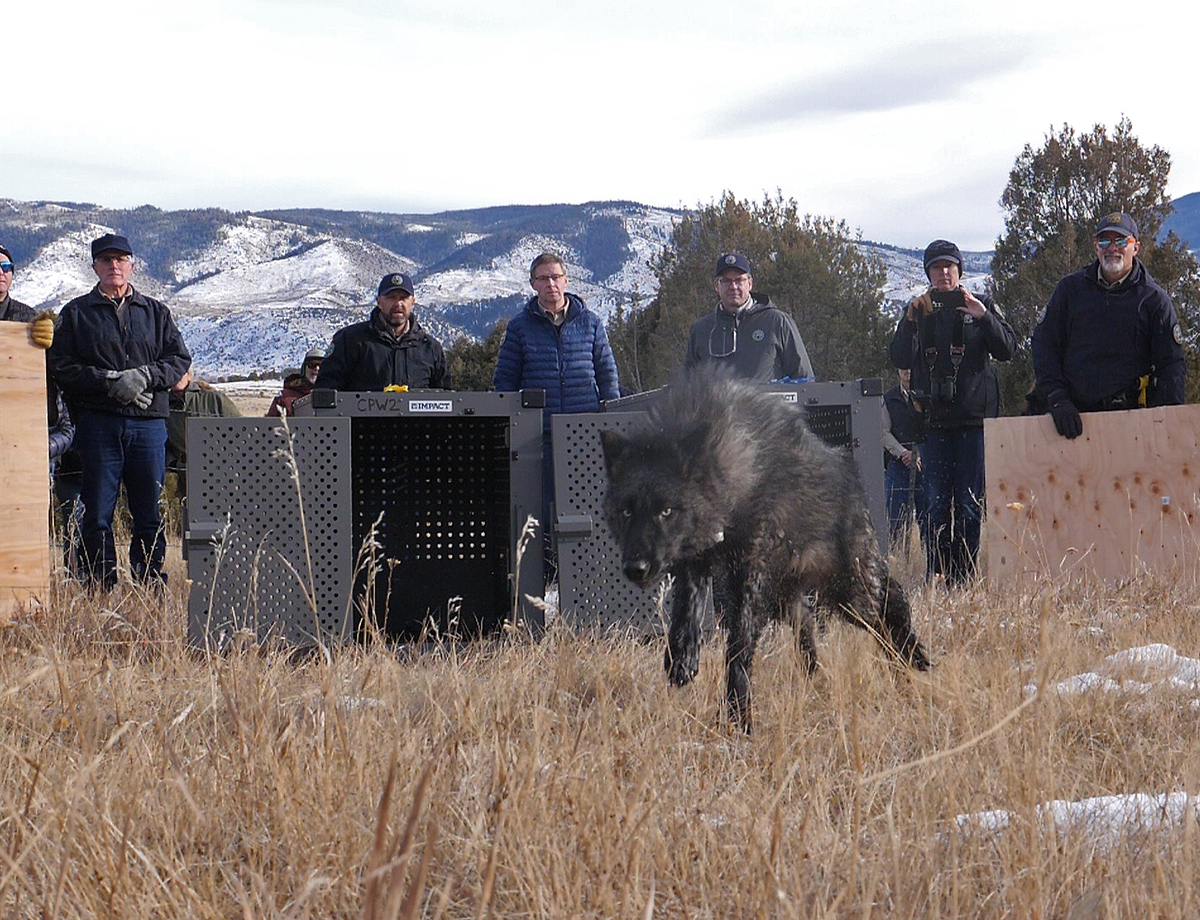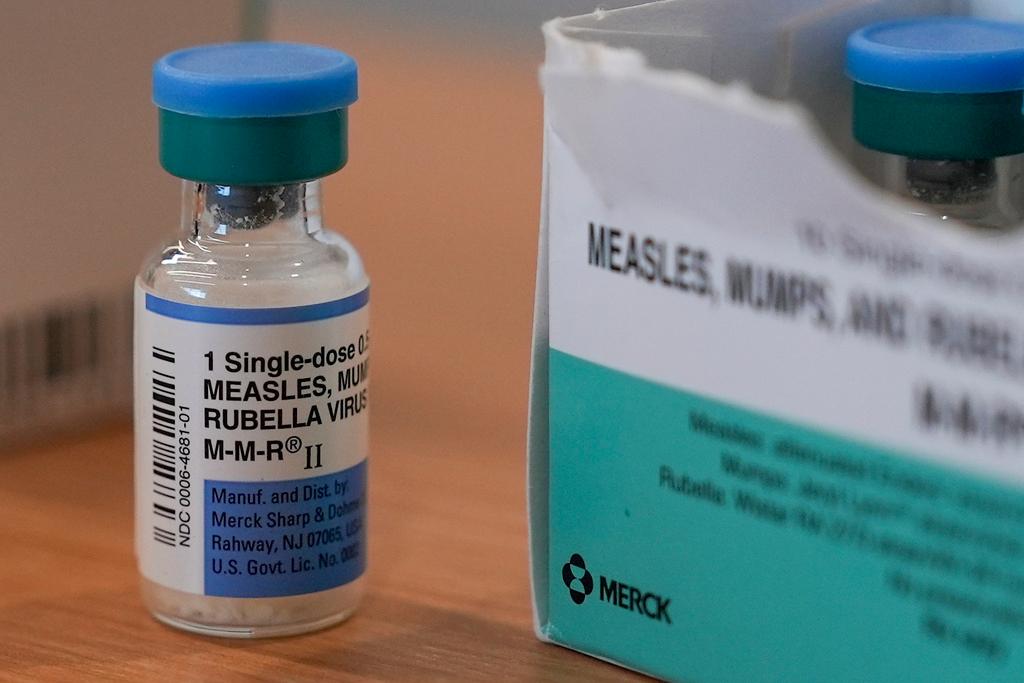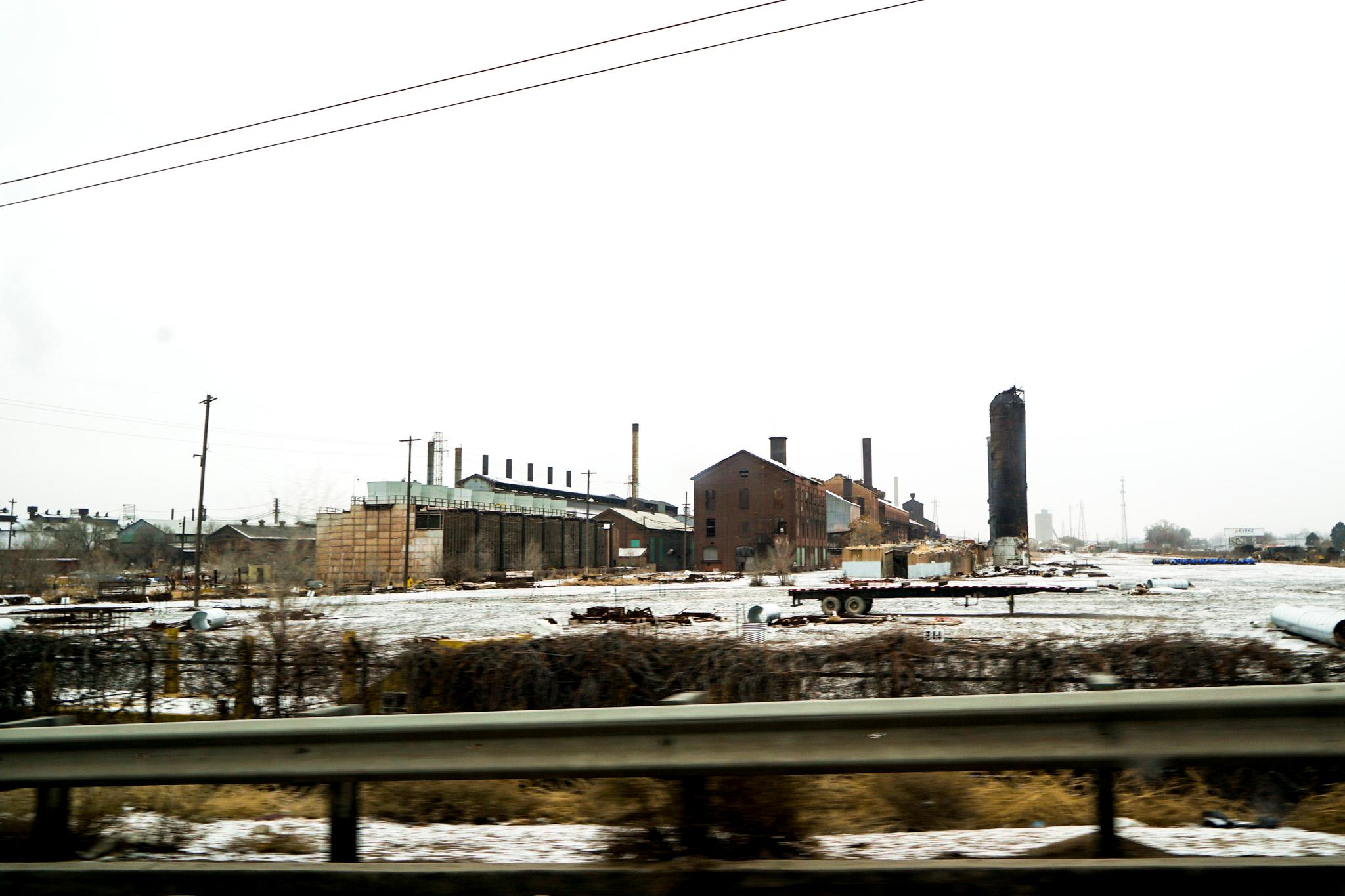
Another batch of gray wolves has officially arrived on Colorado’s Western Slope.
On Sunday, Colorado Parks and Wildlife announced it captured 15 wolves in British Columbia and released them on January 12, 14 and 16. Five wolves were released each day.
The state also released five wolves from the Copper Creek Pack, which it captured last summer after the family group repeatedly fed on livestock in Grand County, leading ranchers to call on the state to kill or remove the animals. The wolves include a breeding female brought from Oregon to Colorado in December 2023 and four of her pups.
All twenty wolves were released in Eagle County or Pitkin County. Following the latest releases, state wildlife managers are actively tracking 29 wolves living outside of captivity in Colorado.
The multinational operation marked the next step in a controversial project narrowly approved by Colorado voters through a 2020 ballot initiative. To meet the goal of re-establishing a self-sustaining wolf population in Colorado, the state’s management plan calls for the release of 30 to 50 wolves over three to five winters.
Colorado Parks and Wildlife announced it was actively capturing wolves last week, but the agency didn’t publicize when or where it would release the animals. In a press conference Monday, CPW director Jeff Davis said his agency received a wave of threatening phone calls and social media posts leading up to the second wolf reintroduction operation. He said the state’s discretion was a necessary precaution to protect staff and the animals.
“That’s always the balance in any sort of operation we’re doing here,” Davis said. “I would argue if the calls for increased violence or the security threats were reduced, that would be helpful.”
Another historic operation to reintroduce Canadian wolves
Colorado’s wolf project marks one of the most ambitious efforts to assist the endangered predators since the federal government brought wolves back to Yellowstone National Park and central Idaho in the 1990s.
Despite Colorado’s efforts to protect livestock and compensate ranchers for any losses, the restoration efforts have inflamed similar political divisions. Both projects were championed by environmental advocates trying to return a keystone species to its native ecosystem. Both faced opposition from ranchers and rural communities frustrated by government agencies bringing back a predator nearly eradicated decades earlier to protect livestock across the western U.S.
Eric Odell, CPW’s conservation program manager, said there’s another parallel between the two operations. The latest round of releases began exactly 30 years after the U.S. Fish and Wildlife Service relocated the first Canadian wolves to Yellowstone National Park.
“It is the first time a state has reintroduced wolves and the first time that a wolf reintroduction — or really just about any reintroduction — has been dictated by a ballot initiative. So it is very historic,” Odell said.
Colorado Parks and Wildlife struck a deal with British Columbia in September to capture up to 15 wolves and relocate them to Colorado.
An estimated 5,300 to 11,600 wolves live in the Canadian province. Jennifer Psyllakis, Assistant Deputy Minister with the British Columbia Ministry of Water, Land and Resource Stewardship, said the province worked with First Nations to incorporate Colorado’s capture operations into an ongoing effort to remove wolves to support threatened caribou populations.
“Wolves are not threatened at all anywhere in this area. There is no conservation concern anywhere in British Columbia,” Psyllakis said.
Colorado Parks and Wildlife biologists traveled to British Columbia on January 8 to help manage the operation. To secure each wolf, Eric Odell, CPW’s wolf conservation program manager, said an initial helicopter would seek out the wolves by tracking their location collars or looking for paw prints in the snow. Then wildlife officials would fire a net gun to immobilize each wolf before a second helicopter arrived to transport the animals.
All wolves brought into captivity were initially held in pens with hay bedding and ice blocks to keep the animals hydrated. Only animals without major injuries or infections were selected for reintroduction. Odell said three to five wolves were re-released in Canada following a veterinary examination.
One wolf died shortly after it awoke from sedation drugs. Colorado Parks and Wildlife noted the animal’s age and an underlying medical condition may have contributed to its death.
In a press statement, the wildlife agency said the wolves come from a region without livestock, so there’s no concern the predators have developed a habit of feeding on sheep or cattle.
All wolves selected for relocation received vaccinations and parasite treatments. LightHawk, a nonprofit operating aircraft to assist conservation projects, volunteered a pilot and flight time to transport the predators to Colorado. Each animal was fitted with a location collar before it was let loose on Colorado’s Western Slope.
Why Colorado re-released the Copper Creek Pack
The saga of the Copper Creek Pack has presented state wildlife managers with no shortage of challenges over the first year of the wolf restoration program.
The pack formed after a pair of wolves brought from Oregon had a litter of pups in Grand County. Wildlife advocates celebrated the event as the first example of reintroduced wolves successfully breeding in Colorado, bringing the state closer to its goal of establishing a self-sustaining population.
The wolves, however, soon started feeding on nearby sheep and cattle, which led ranchers to call for the state to kill or remove the predators. More than two dozen agriculture groups also organized a petition demanding a pause on any further releases until Colorado fully implemented plans to remove problematic wolves and protect livestock.
Colorado Parks and Wildlife responded by launching an operation to capture and relocate the predators. The decisions contradicted the advice detailed in the state’s wolf reintroduction and management plan, which noted moving problematic wolves risked “translocating the problem along with the wolves.”
Davis said a “perfect storm” of circumstances led the agency to reconsider its recommendations. Wildlife managers couldn’t access the den site to attempt to steer the wolves toward wild prey. Evidence also suggested most livestock was killed by the breeding male, which died of complications related to a bullet wound shortly after the capture operation. The U.S. Fish and Wildlife Service is now investigating the death as a poaching incident.
Davis added Colorado Parks and Wildlife has enacted new programs to protect livestock from further wolf attacks. Wildlife officials are helping ranchers with “site assessments” to employ a wide range of non-lethal deterrents. The agency is working with the Colorado Department of Agriculture to hire range riders to watch over sheep and cattle herds. It also set a definition of “chronic depredation,” which outlines a threshold for when state wildlife managers would kill wolves known for repeatedly killing domestic animals.
Davis said the state has new options to reshape the Copper Creek Pack's behavior if they start feeding on livestock. “And if that doesn’t work, then we have the lethal management tool that needs to be implemented,” he said.
Tim Ritschard, president of the Middle Park Stockgrowers Association, represents many of the ranchers whose livestock was killed by the Copper Creek Pack. His organization sent a letter to state wildlife managers asking them not to re-release the wolves since some evidence suggests the breeding female was also involved in some of the incidents. He was surprised the state ignored the request.
“It just shows they care more about having packs than protecting livestock,” Ritschard said.








